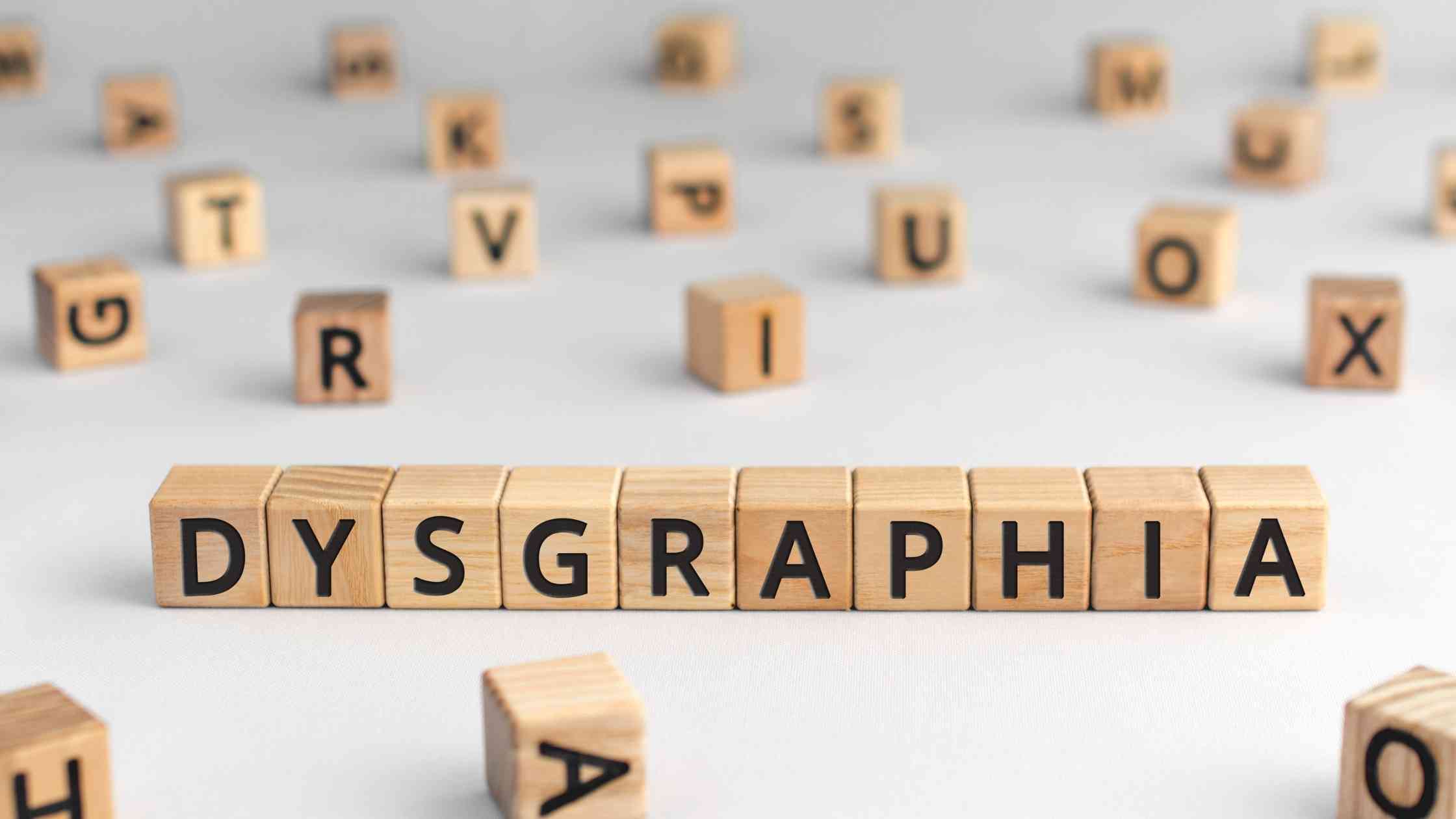

Dysgraphia: Signs and Treatment
Dysgraphia is a neurological disorder and one of the types of Learning disability characterized by difficulties in writing. Dysgraphia is analyzed and interpreted in the context of handwriting whereas it has far reaching implications. An early diagnosis and treatment of dysgraphia can alleviate the adverse long-term effects, which can be emotionally stressful and academically challenging for a child.
Common signs of Dysgraphia
Orthographic coding plays a major role in dysgraphia. This is an aspect of working memory that allows you to permanently remember written words, and the way your hands or fingers must move to write those words.
In dysgraphia kids have a harder time planning and executing the writing of sentences, words, and even individual letters. It’s not that they don’t know how to read, spell, or identify letters and words. Instead, their brain has problems processing words and writing.
Most of the times, dysgraphia is associated with Attention Deficit Hyperactivity Disorder, Sensory Integration Deficit, Visual Motor Integration Difficulty, Visual Perceptual Skills Difficulty, trouble with fine motor skills etc.
We tend to take writing difficulties a little lightly as compared to reading difficulties or other learning disabilities. But Dysgraphia may affect other aspects too. Often students with dysgraphia also have trouble concentrating on other things while writing. This can make it difficult to take notes during class or a meeting because of the amount of attention needed to note down each word being said. Other things that are said may be missed.
Since they need extra effort while writing which makes them loose to get hold of important things said during class, they are reluctant to write, which in turn makes them look lazy. Due to the above reasons, they are not confident enough in their handwriting and their writing speed. This can affect their self-esteem and confidence and that may lead to anxiety and a negative attitude towards studies and school.
Treatment of Dysgraphia
Occupational Therapy plays a major role in the treatment of Dysgraphia.
Occupational Therapists treat the child as a whole. While treating dysgraphia Occupational Therapists work on all the associated conditions of dysgraphia which will help the child to reduce anxiety and to build confidence and self-esteem.
For the treatment of dysgraphia Occupational Therapist uses different kinds of activities and games. Activities given in the Occupational Therapy setting are always child centered activities. Types and difficulty level of the activity changes as per the child’s age and interest.
Activities given
Certain compensatory strategies to deal with Dysgraphia:
Here at The Aditya Birla Integrated School , we have fully equipped occupational therapy set up; and highly qualified and experienced professionals who make individualized therapy plans and work towards the betterment of the child. We ensure a multi-disciplinary approach for each child. Our team comprises occupational therapists, speech therapists, behavior therapists, special educators, counselors, remedial therapists etc. who come together to discuss the goals; plan of action; and progress of the individual child. This holistic approach adopted by Aditya Birla Integrated School helps for overall betterment of the child academically as well as it also helps the child to build the confidence and self-esteem.
Author:
Dr. Ganesh B. Tajane (M.O.Th.)
Occupational Therapist, The Aditya Birla Integrated School
Author of the Book – Vision Beyond Acuity
Also read,
What are the main types of learning disabilities? Find a special school for dyslexia in Mumbai.